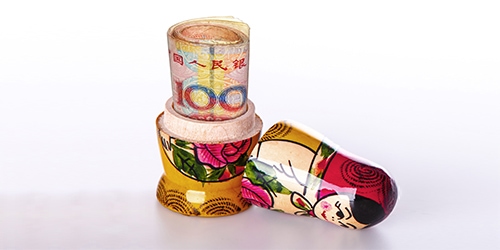Foreign Exchange

Jump To Section
Mikhail Palei, head of foreign exchange flow at VTB Capital in Moscow, expects international banks to lose their appetite for risk in the Russian ruble—which he sees as an opportunity for Russia’s FX desks.
Global Finance: What challenges does Russia’s FX market face?
Palei: This year proved to be very challenging for the ruble. It has gone through a major transformation from a managed-float regime to a completely free-floating exchange rate. These events led to a deterioration in liquidity and significantly elevated volatility in all major ruble crosses, such as ruble-euro and ruble-pound. Hence, 2015 will be a year when the local FX market will be adjusting to the new reality, with reshaped structure of the interbank flows, thinner liquidity and wider spreads.
GF: How are you addressing these challenges?
Palei: We think that interbank liquidity will continue drifting away from direct market quotes into electronic systems, aggregators and liquidity pools, and we are working on improving existing infrastructure and further enhancing our capabilities in electronic trading.
GF: What are the most promising growth opportunities, looking forward?
Palei: FX is a countercyclical business. When the environment is calm and steady, spreads narrow and volatility dampens. However, whenever major shifts appear, typically volatility increases and spreads widen—and that is when the FX business can provide opportunities. We expect a lower appetite for Russian risk among international banks, and the arising market niche will be replaced by local banks. We see that as a growth opportunity. On a separate note, increasing links and trade relations with China are sure to be key.
GF: What are your expectations for the performance of the ruble versus other currencies in 2015?
Palei: This year saw a significant adjustment in the ruble by all metrics. It will be hard to expect significant further losses for the currency, at least against its peers, such as the South African rand and the Brazilian real. However, a shaky oil outlook and other factors can still continue to weigh on the ruble in 2015. After some dips and tops in the first half of the year, the ruble could start weakening against certain currencies again.



